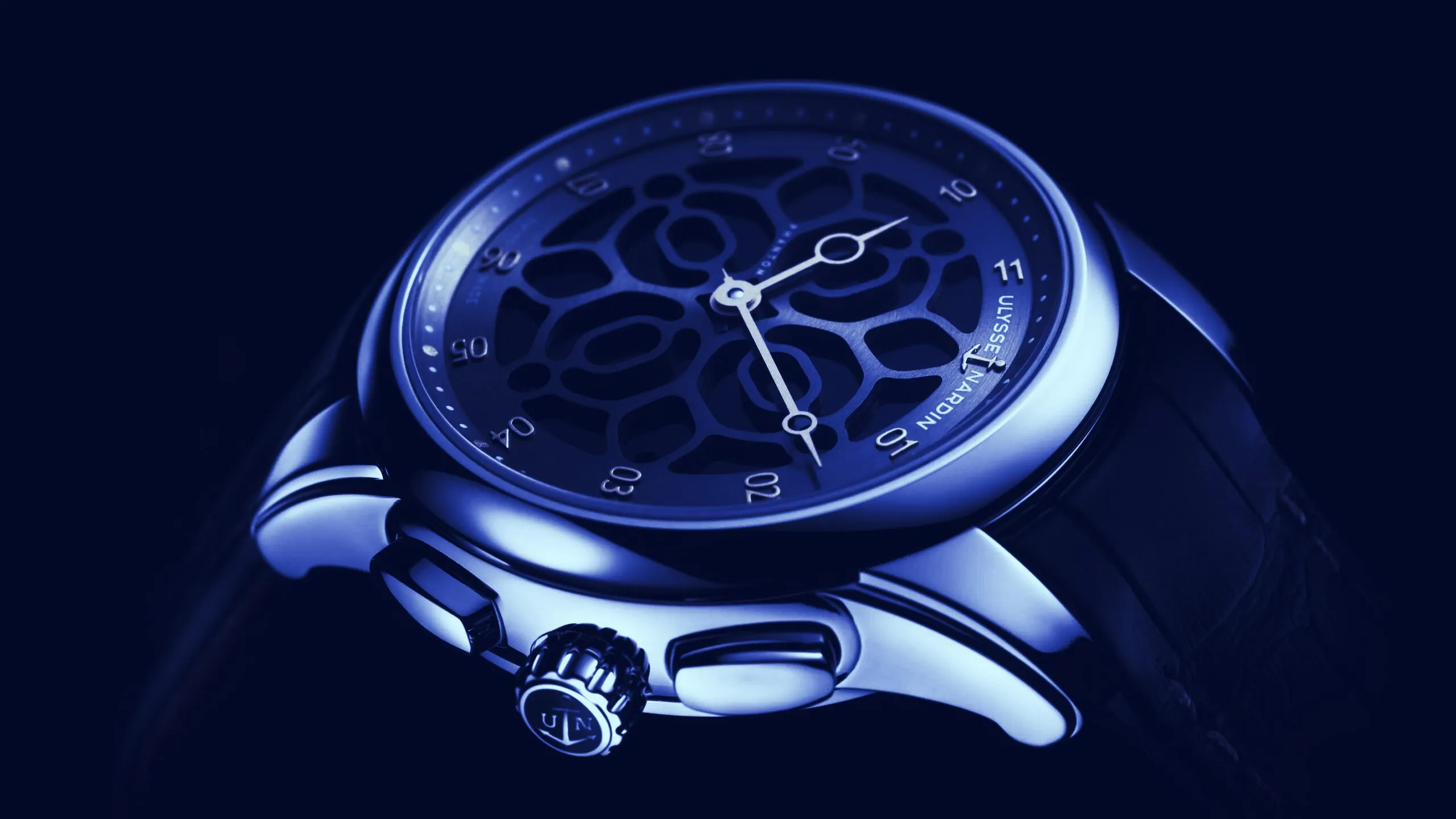We do the research, you get the alpha!

$64,679.00
4.22%$3,094.69
2.47%$6.78
2.84%$559.83
3.51%$143.64
8.01%$0.997745
-0.14%$3,091.61
2.78%$0.499585
1.58%$0.152078
4.08%$6.32
3.52%$0.472152
6.57%$0.0000229
3.50%$35.31
3.77%$64,697.00
4.35%$0.109395
1.41%$478.96
0.74%$13.76
4.23%$0.688169
2.55%$13.51
12.17%$81.19
0.68%$5.61
0.06%$7.59
8.40%$5.83
-0.78%$9.53
2.41%$26.11
2.35%$1.15
2.99%$2.49
6.11%$0.998068
0.37%$6.16
5.38%$54.92
0.56%$0.123096
0.90%$0.112543
3.81%$8.26
2.68%$8.21
5.86%$3,107.97
1.63%$471.07
2.84%$1.15
0.79%$2.06
7.27%$0.083598
5.09%$0.04100452
6.00%$2.98
22.37%$2,975.24
-5.37%$0.115099
-1.55%$28.13
7.46%$0.260015
7.32%$2.25
2.52%$0.997241
-0.20%$3,197.36
2.53%$2.15
9.40%$0.00000527
5.72%$117.05
2.47%$2.07
3.43%$0.708924
6.80%$11.06
14.67%$2.02
3.43%$27.37
13.23%$5.28
16.88%$3,406.05
1.74%$1.94
-3.32%$0.04464269
7.85%$1.31
8.08%$1.21
-5.68%$0.561209
13.64%$106.95
3.41%$3,181.73
2.60%$0.02748151
7.11%$0.176391
4.32%$1.004
13.27%$1.047
11.06%$9.51
3.65%$0.00014197
5.33%$0.888964
4.49%$66.40
2.22%$86.64
3.19%$18.23
1.50%$0.03257203
1.92%$0.00000125
2.53%$3,097.89
2.49%$2.30
6.87%$14.39
5.60%$0.02256315
-10.02%$0.780761
2.74%$0.878381
7.85%$40.78
2.43%$0.598962
6.06%$1.045
-8.00%$0.00005123
3.76%$0.447338
4.87%$3.17
3.99%$6.96
1.42%$0.00001489
5.10%$2.96
7.35%$0.108664
3.08%$0.984811
4.16%$4.96
4.63%$0.236231
4.09%$4.01
4.82%$0.612816
7.21%$1.26
3.19%$16.19
4.10%$43.79
4.01%$6.82
5.24%$0.01866913
4.28%$0.785473
8.05%$347.00
4.61%$0.812639
5.44%$0.02005587
4.32%$169.68
7.95%$8.87
7.93%$0.43776
3.29%$1.23
2.06%$1.22
4.39%$3,107.31
1.59%$0.22909
5.75%$0.680988
5.36%$19.40
6.35%$12.82
6.17%$2.30
7.10%$0.978053
0.15%$1.72
4.96%$2.78
3.27%$0.188897
5.49%$0.630334
-1.88%$3,079.04
2.13%$0.100903
11.50%$1.22
1.24%$4.03
-1.09%$168.24
6.98%$3,236.49
1.77%$0.994986
-0.09%$3.82
7.08%$35.52
1.75%$0.40117
6.79%$0.0018064
6.74%$95.97
9.36%$0.930454
3.33%$0.00010241
3.54%$2,383.74
0.07%$3,294.57
2.50%$0.103078
6.58%$0.00000027
6.16%$0.702604
5.02%$5.87
-3.60%$0.086969
4.14%$0.054032
4.74%$0.0400023
6.00%$1.78
0.01%$0.297751
6.39%$0.00989948
10.20%$0.063085
-4.35%$0.878529
5.16%$5.39
0.49%$1.46
0.37%$0.439322
3.69%$0.055109
6.24%$1.001
0.41%$3,335.29
1.79%$0.095789
4.61%$0.427573
10.10%$0.00552149
15.46%$0.387855
5.25%$0.704603
18.48%$0.336959
6.56%$60.97
15.29%$0.450189
6.92%$1.038
9.91%$1.87
5.31%$0.240256
4.82%$0.04668939
9.18%$1.12
8.18%$0.02511908
6.74%$0.529777
9.71%$0.00000045
0.97%$21.76
8.60%$0.02650749
5.37%$2,391.14
-0.04%$13.95
4.35%$0.809278
4.00%$0.03119567
9.52%$3.96
7.52%$4.06
6.15%$0.612632
3.07%$1.59
10.10%$1,302.89
4.33%$0.00742782
2.98%$3.62
4.69%$0.03338843
32.42%$0.002343
8.16%$3.54
26.57%$0.567188
2.71%$12.92
12.90%$0.00705221
2.60%$5.00
3.52%$0.517288
4.27%$3.66
9.42%$0.821767
-0.47%$55.37
5.30%$3,161.27
1.87%$0.25113
6.06%$0.923326
2.45%$0.372827
5.57%$0.03092061
3.06%$0.747903
0.05%$3.99
25.38%$1.71
12.87%$63.32
11.47%$5.43
7.43%$29.94
6.88%$4.05
19.09%$21.01
4.49%$22.51
5.69%$0.03739246
7.38%$3.49
6.53%$62.18
1.54%$0.03426302
5.23%$8.18
1.81%$0.361016
18.81%$0.423257
8.50%$0.754831
6.96%$0.259181
4.91%$0.115923
10.60%$0.925138
4.87%$30.41
2.65%$0.00600386
7.01%$1.23
4.58%$0.03254724
3.57%$31.78
4.28%$0.277465
2.65%$26.35
10.85%$12.88
83.60%$0.863536
7.55%$0.31427
6.33%$0.748038
-0.00%$28.51
0.77%$3.76
5.29%$2.35
5.94%$37.82
6.89%$39.93
2.09%$0.408035
3.39%$0.00350264
6.30%$0.00000034
6.87%$25.10
4.18%$0.15827
5.74%$63.13
1.29%$0.315226
5.86%$0.02061565
4.46%$0.817739
0.90%$0.285078
7.14%
Swiss watchmaker Ulysse Nardin, owned by luxury giant Kering, is using the Bitcoin blockchain to certify the authenticity of its warranty cards. Ulysse Nardin has been doing so since the end of 2019 and it chose the Bitcoin blockchain for its age and robustness.
The idea is that the watchmaker will provide an unfalsifiable blockchain certificate when clients register the watch for a warranty extension. It also means that they won't be swindled, and sold a fake.
Kering also owns brands such as Gucci and Yves Saint Laurent. It brought in over $15 billion in 2018.

Here's how it works. Once bought from Ulysse Nardin, a customer will receive a PDF that contains all the information about the watch, such as the serial number, model, and warranty information. With that, the customer can trace the watch on the Bitcoin blockchain's immutable ledger. This will be handy when selling the watch, as this information can be used to certify the watch's authenticity, as will one day be used to certify its maintenance history.
“We want to provide secured proof to our end customers and thus create trust as regards the authenticity of all our products”, said Patrick Pruniaux, CEO of Ulysse Nardin. “The second step in this deployment will cover the transfer of ownership of the certificate. Also, why not eventually have a record of all the maintenance operations on our watches in the blockchain?”
The bitcoin system works in addition to paper documents that are used to certify the watch's authenticity; they contain holograms and watermarks, Gilles Cadignan, CEO of Woleet, who built the blockchain system that the watchmaker relies on, told Capital.
Ulysse Nardin isn't the only company logging watches on the blockchain. Watch Skins, a San-Diego-based company, debuted technology last at CES last week that functions as a "crypto-collectibles for watch faces." The idea is similar: custom watch skins for smartwatches can be purchased from its online marketplaces, each uniquely identifiable on the blockchain. These watch faces can then be traded with other users. Looks like digital watches are the new trading cards.




